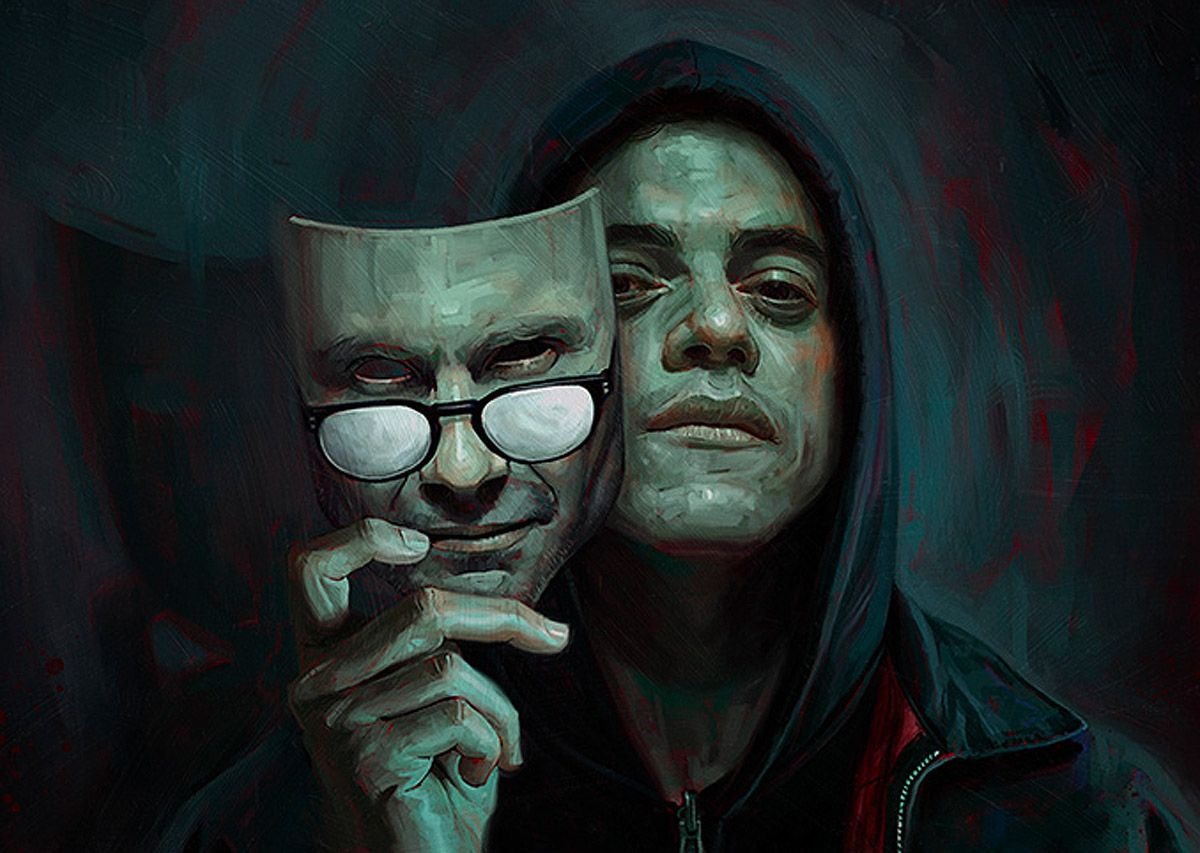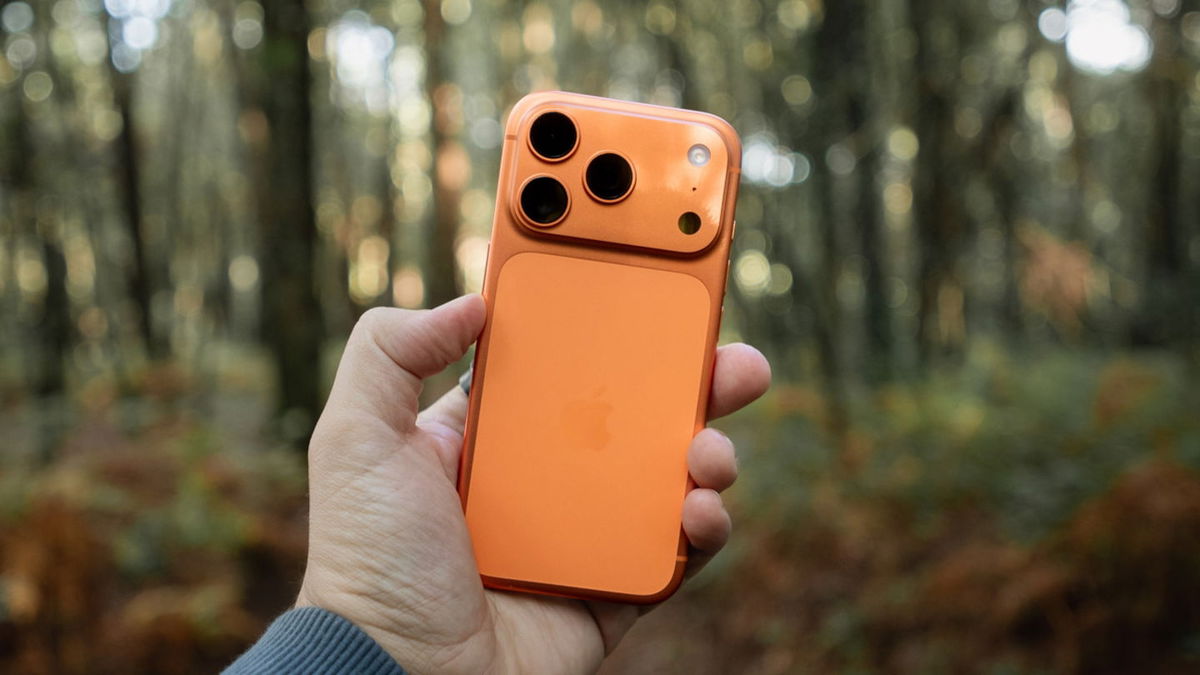Ever since the James Webb Space Telescope began taking pictures, many wallpapers of people around the world are based on photographs taken by him. This is not surprising, since this instrument, in addition to being of great scientific importance, has the ability to receive impressive photos. But, although we know this well, it still continues to surprise us. All you have to do is see James Webb’s last imagein which an example of something known as Herbig-Haro object.
This defines the connection between nebula and protostar. A nebula is a region of the interstellar medium consisting of gases, mainly helium and hydrogen, and other chemical elements in the form of cosmic dust. As for a protostar, this is the name of a stellar embryo, a star that begins to form.
Forming stars are surrounded by a structure called accretion diskwhat’s happening feeding with new matter as they grow. While they continue to feed the protostar, some jets of ionized gas, perpendicular to the disk, which collide with the interstellar medium, ionizing its constituent particles. This generates radiation patterns known as Herbig-Haro objects. They have been discovered before, most notably with the help of the Hubble Space Telescope. However, James Webb’s image reveals details that could not be observed using other instruments.
Features of James Webb’s Latest Look
In James Webb’s final image we see the subject Herbig-Haro number 797 (HH-797)whose protostar interacts with the Perseus molecular cloud.
Typically these types of images are created by analyzing how the light emitted changes depending on the speed of objects. jets emitted by a protostar. Also, depending on where the light hits, it will appear one color or another. Something similar happens with the sound of an ambulance siren, which changes depending on whether a vehicle is approaching or moving away from us. In the case of light, when the jet approaches us (the observer), it looks a little bluer, and if it moves away, it looks red. This is a logical thing.
However, there is something different about James Webb’s portrayal. The eastern edge tends to shift slightly red compared to the top. It was initially thought that this could be due to the rotation of the jet. However, it was later revealed that these differences were actually related to HH-797. It contains not one protostar, but two. He a magnetic field One star interacts with material released from the accretion disk of another, creating turbulence that is responsible for the unexpected colors in the photo.
Other household in Perseus
This image by James Webb was not the first image of HH located in the Perseus molecular cloud. Recently the same space telescope photographed HH-211located just 30 seconds from the southern arc of HH-797.
This is a region with many young stars, making it an ideal place to study Herbig-Haro objects and look for exceptional cases like the one described in number 797. It looks like the fancy space telescope still has a lot of work to do. Here.
Source: Hiper Textual













